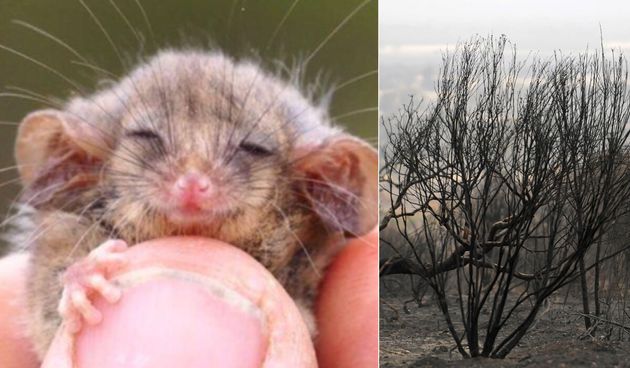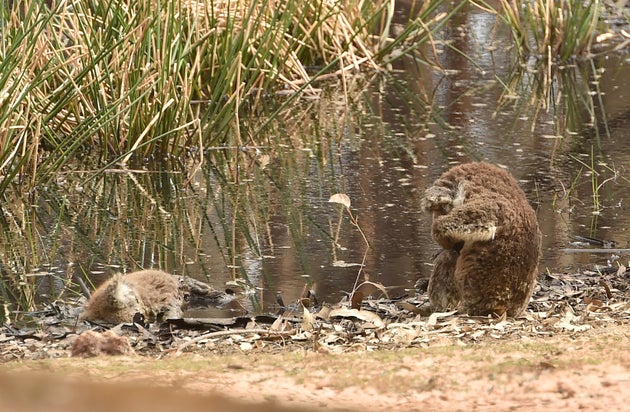
Almost a year after the devastating Black Summer bushfires killed or displaced more than 3 billion animals in Australia, a small ray of hope has arrived in the form of a little pygmy possum.
Ecologists feared the tiny marsupial, which is found on Kangaroo Island off the coast of South Australia, could be extinct after the fires killed 33 people and razed over 24 million hectares last fire season.
This week, the conservation group Kangaroo Island Land for Wildlife found the creature in an “unburnt patch” while working on forest surveys to assess what species are left.
Fauna ecologist Pat Hodgens told the ABC the find is welcome news after a tough year.
“There’s only really been 113 formal records of the species” on Kangaroo Island, he said.
“So certainly not very common, and, obviously, the summer bushfires burnt through much of that habitat that species had.”
The island was particularly hard-hit by the last bushfire season. Two people lost their lives and almost 90 homes were destroyed. The island is a biodiverse haven for wildlife — including the little pygmy possum, which is the world’s smallest possum species.
Fires destroyed at least half of the rich habitat when they ripped through the area in January 2020, leaving scores of dead animals in the aftermath. Wildlife experts worried about the future of Kangaroo Island’s native threatened species, including koalas.
According to the World Wide Fund for Nature, more than 60,000 koalas were killed, injured or displaced in the bushfires last summer.
Even before the fires, koala habitats had been in rapid decline due to dog attacks, cars and land clearing for agriculture, urban development, mining and forestry.

A 2016 report by a panel of koala experts had put the koala population in Australia at 329,000, but there have been bushfires annually since then, reducing the number further.
The 60,000 koalas estimated to have been affected by the summer bushfires is “a devastating number for a species that was already sliding towards extinction in Eastern Australia. We cannot afford to lose koalas on our watch,” WWF-Australia Chief Executive Dermot O’Gorman said in the report.
Kangaroo Island was the worst-hit area for koalas, with some 40,000 impacted, the WWF said. Nearly 11,000 in Victoria and 8,000 in New South Wales were also affected.
A year-long NSW parliamentary inquiry concluded in June that koalas in the state could become extinct by 2050 unless the government immediately intervened to protect them and their habitat.
The WWF aims to double the number of koalas in eastern Australia by 2050. The plan includes a trial of drones to disperse eucalyptus seeds, which provide both food and shelter for koalas, and the establishment of a fund to encourage landowners to create koala safe havens.
With additional files from Reuters.